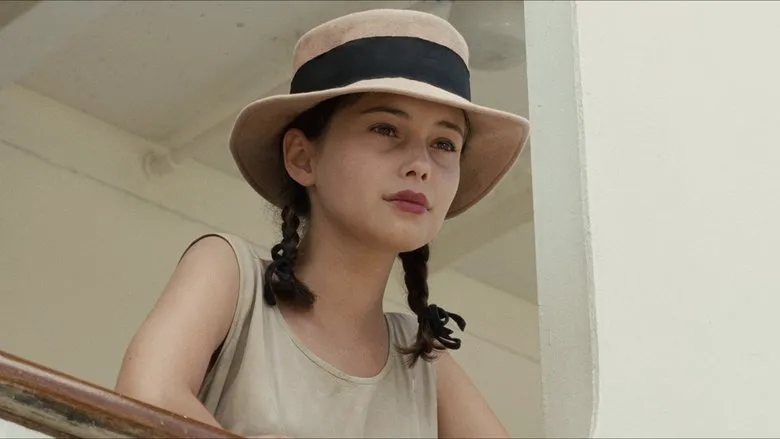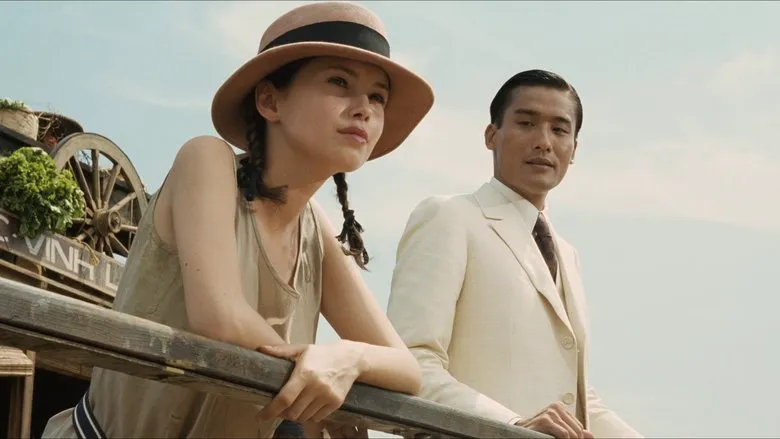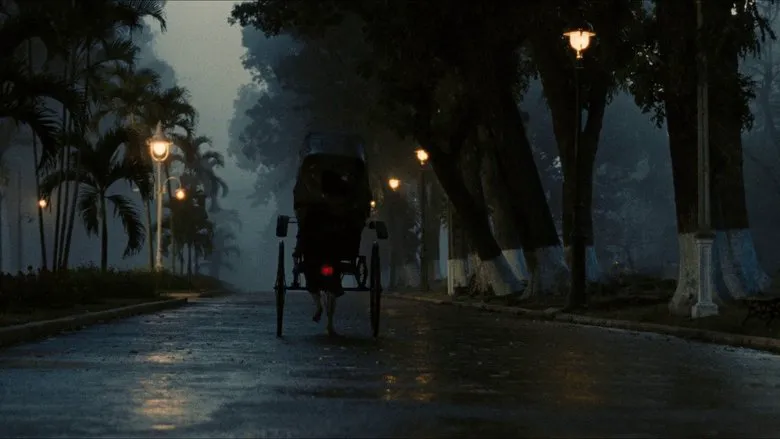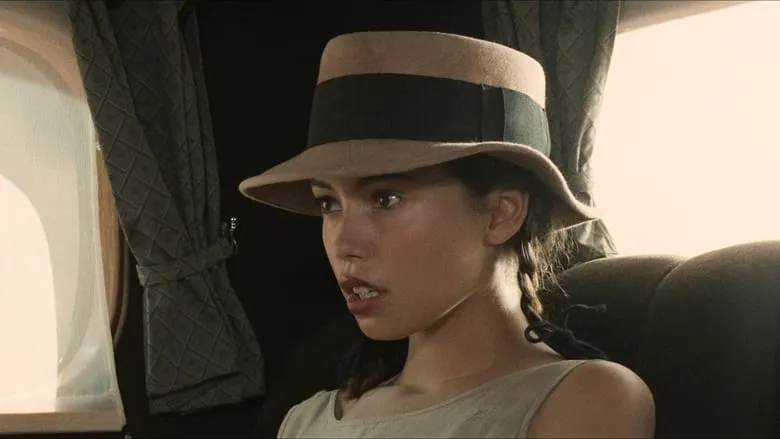The Enduring Allure of “The Lover”: A Reflection on Love, Memory, and Marguerite Duras
Like many, I find myself repeatedly drawn to the allure of classic films. Recently, I found myself revisiting the 1992 film adaptation of Marguerite Duras’s “The Lover,” which prompted me to reread the novel that inspired it. Widely considered a semi-autobiographical work, Duras, at the age of 70, vividly captured the essence of her adolescent first love.
For a writer as deeply connected to her own emotional tapestry as Duras, it’s remarkable that such a poignant and life-altering experience remained largely untouched for over half a century. Adding to the mystery, in the final version of the book, she confesses that “most of it is made up of things I’ve already said.” This suggests that the very core of “The Lover” was incredibly difficult to articulate, a difficulty rooted in a pivotal moment that occurred more than fifty years prior. As the protagonist journeys back to France by ship, she is deeply moved by a piece of music. In that moment of emotional release, she reflects on the man she’s leaving behind, but with a newfound perspective. He no longer simply “disappears into history.” In that parting moment, “that man” transforms into her “lover,” discovered and cherished “in the music thrown out to the sea.” “The Lover” narrates a relationship that, through “several marriages, children, divorces, and writing books,” and even the trials of war, evolves into something increasingly pure and complete with each retrospective glance. It is a narrative of such striking beauty that it could only be told in the twilight of life. The term “lover,” spoken by Duras more than half a century after separating from her first “him,” is as shocking as it is believable, akin to “discovering eternity through death.”
 Film Poster: Capturing the Intensity and Intimacy of the Relationship
Film Poster: Capturing the Intensity and Intimacy of the Relationship
A Forbidden Romance in Colonial Vietnam
Set against the backdrop of Vietnam, the story introduces us to a fifteen-and-a-half-year-old French girl who becomes entangled with a wealthy Chinese man more than a decade her senior. Their clandestine affair involves daily visits to his apartment for secret encounters. Even though the girl’s family is impoverished and the man wealthy, they both understand that their relationship transgresses societal boundaries. This creates a thrilling dynamic, reminiscent of classic love stories where social inequality – whether determined by class, wealth, or familial conflict – adds fuel to the lovers’ passion. However, Duras’s portrayal of love subtly diverges from these traditional narratives. The “lover” seems to employ a unique “strategy” in expressing his affections. For instance, having finally invited the girl to his apartment, he lays bare his vulnerabilities, admitting, “I’m afraid I’ll fall in love with you,” yet simultaneously questioning whether he is her “first.” “I’d rather you didn’t love me,” he later confesses. The young girl reciprocates, echoing similar sentiments. From the start, their relationship seems to consciously steer clear of the topic of love, even feigning indifference. Repeatedly, he asks if she’s only with him for his money – a query she doesn’t deny, and to which he doesn’t seem particularly offended. Later, when she uncovers the truth from her mother, revealing that he provided critical financial assistance to her family, settling her brother’s gambling debts and funding their passage back to France, the reader can sense the profound and silent impact this revelation has on her.
 A Scene Depicting the Complex Interplay of Desire and Social Constraints
A Scene Depicting the Complex Interplay of Desire and Social Constraints
Defying Conventions: An Unconventional Farewell
In contrast to many Western classic love stories that culminate in tragedy, or the harmonious resolutions often found in Chinese narratives, “The Lover” concludes with a voluntary separation, with a predetermined expiry date – the girl’s return to France after completing her high school education. Their relationship also lacks direct external obstacles. The girl even introduces him to her family, who enjoy a lavish meal at the expense of their wealthy “friend.” Content with a surface-level interpretation, they accept the “friendship” without further investigation. Even more surprisingly, the girl’s mother even petitions the boarding school principal to grant her daughter evening freedom, declaring, “this girl is used to her freedom, and to keep her, you have to let her be free.” The mother is confident that her daughter will ultimately return to France with her. On the man’s side, he is fully aware of his father’s staunch disapproval but still seeks his blessing, a decision which predictably leads to rejection: his father would rather see him dead than married to a white woman. He shares this devastating pronouncement with the girl, who understands implicitly that “his father’s decision and his decision as a son are one and the same,” mirroring her own decision, made in tandem with her mother, to leave Vietnam and return to France. Their affair is comparable to tasting forbidden fruit, yet without a conscious intention of challenging tradition or the existing social order. Within the restrictive confines of oppressive societal norms, they express a unique and profound love which, although not altering their immediate circumstances, profoundly shapes their lives. After his arranged marriage, the man abruptly halts his visits to the apartment. Later, years later, he telephones her in Paris, his voice trembling with emotion, simply to hear her voice, confessing that he still loves her, and always will. Decades later, Duras, at the age of 70, honors her “first love” with the publication of “The Lover,” a story of longing, tenderness, and indelible memories.
 The forbidden nature of their relationship adds to the intensity.
The forbidden nature of their relationship adds to the intensity.
Beyond Autobiography: A Meditation on Love and Memory
“The Lover” should not be simply pigeonholed as an autobiography. Duras, drawing upon more than half a century of life experiences, employs her distinctive and mature literary artistry to process the events of her youth, ultimately conveying her own understanding of love after navigating a lifetime of complex emotional trials. Like many classic love stories, the novel initially hinges on the aesthetic allure of “love at first sight,” undoubtedly an essential element of attraction. However, significantly, Duras maintains her focus on the unique experiences of specific individuals, refusing to simply exist on a purely spiritual and idealised plane.
 The film beautifully captures the themes of memory and reflection.
The film beautifully captures the themes of memory and reflection.
In “The Lover,” the girl’s inherent simplicity and unwavering character effectively reveal the “chronic flaws” in the wealthy young man: his deep-seated anxiety about whether she truly loves him, his fear of her falling in love, and the “many tricks” he habitually employs. During their limited time together, each encounter serves to strengthen their bond while simultaneously representing a poignant and irrevocable farewell. This intimacy reveals something crucial: while she may be initially drawn to his financial security and he to her fresh youth, these are ultimately superficial aspects of a rare and profound connection that transcends mere material concerns. From the pivotal moment they first meet on the Mekong River ferry, their world shrinks to encompass only the two of them.
“The Lover” tells of an exceptional love story: one that defies easy categorization. It is neither long-lived nor definitively conclusive, yet it endures as an unforgettable memory. Like the narrator’s experience of uncovering eternity through her younger brother’s death, she realizes, whilst stood on the departing ship, that this ultimately terminated and unresolved love story possesses its own indomitable and immortal qualities. It demands neither societal approval nor adheres to conventional forms, such as the promise of “happily ever after,” nor does it require validation through sheer longevity. In many ways, it is like the “face” of the woman depicted in the opening paragraph of “The Lover,” a face which, after gracefully weathering more than half a century of time’s relentless passage, ultimately reveals the intrinsic immortality of life itself. Duras does not appear to be explicitly condemning anything throughout the novel. Rather, she gifts us with a captivating and enduring flower of love, providing delicate details which inherently and elegantly reflect literature’s unending exploration into the very nuances of humanity, alongside the human condition.